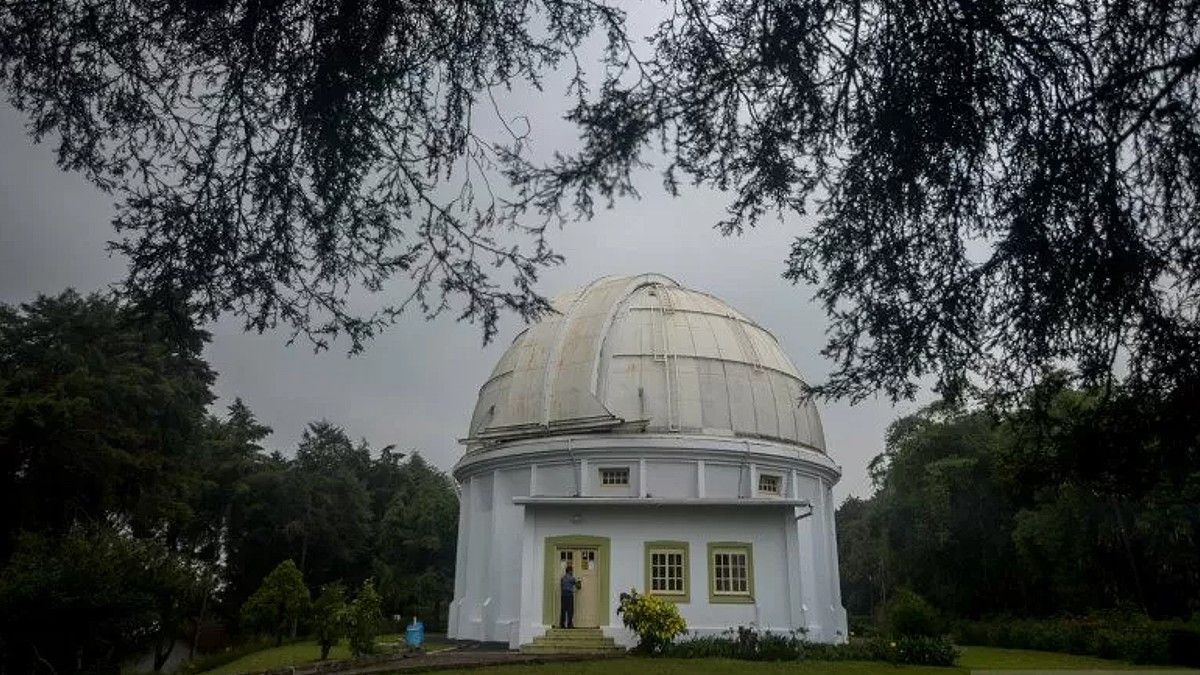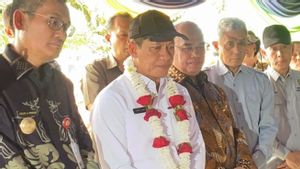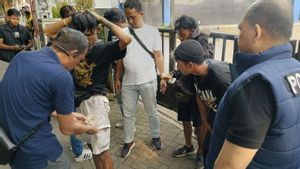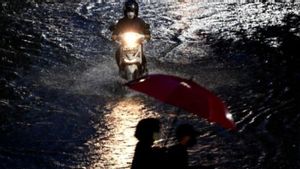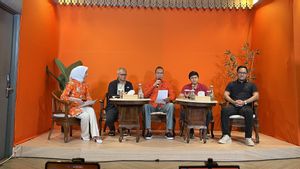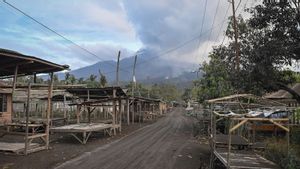West Java (Jabar) Governor M Ridwan Kamil stated the commitment of the West Java Provincial Government to maintain Bosscha Observatory which is now 1 century or 100 years old. According to Ridwan Kamil, as an observatory educational institution in Lembang, West Bandung Regency has contributed a lot of knowledge, not only in Indonesia and Asia but also in the world. "It is being prepared to become a cultural heritage (area) so that later this area can be preserved," said Ridwan Kamil at the 100th Anniversary of Bosscha Observatory at Bosscha Observatory, Lembang, West Bandung Regency, Monday, January 30, confiscated by Antara. Bossscha is special because it is in an equatorial area that can see the northern sky hemisphere (northern hemisphere) and the southern sky hemisphere (southern hemisphere).
Thus, this observatory must be protected from all kinds of disturbances including light pollution which can reduce the accuracy of observation tools.
By the West Bandung Regency Government, Bosscha Observatory has been designated a cultural heritage building. The West Java Provincial Government, according to Ridwan Kamil, will strengthen and expand into a cultural heritage area to be more protected. Not to forget the Governor congratulated Indonesian astronomical people on a century Bosscha. "Representing the Indonesian people represented by the West Java Provincial Government, we are happy to be able to attend a historic 100-year event Bosscha Observatory," said Ridwan Kamil. History Bosscha Long History Bosscha Observatory began in 1920 with the formation of the Nederlands Indische Sterrenkundige Vereeniging (NISV) initiated and led by K.A.R. Bosscha to collect resources, thinking, and preparation for establishing astronomical observational facilities. On January 1, 1923 Bosscha Observatory was inaugurated and became a modern astronomy pioneer in Southeast Asia by taking star astrophysics as the main research topic, with the push for world physics breakthroughs in the early 20th century. Zeiss' double refractory telescope was presented by KAR Bosscha in 1928, which made this observatory the third largest and most modern on the southern earth of that era.
Currently, as part of the Faculty of Mathematics and Natural Sciences of the Bandung Institute of Technology, Bosscha Observatory runs the mandate of Higher Education Tridharma with a scope of research, education, and community service work. Research includes observations of the moon, sun, solar system, stars, and the Milky Way galaxy. Educational aspect, Bosscha supports the S1, S2, and S3 program of astronomy studies as well as facilitating final task research, thesis, and others for ITB students and outside ITB. While community service includes the development of materials and methods of delivering astronomical education as science, and providing various educational services for schools and the general public, online and offline.
The English, Chinese, Japanese, Arabic, and French versions are automatically generated by the AI. So there may still be inaccuracies in translating, please always see Indonesian as our main language. (system supported by DigitalSiber.id)
